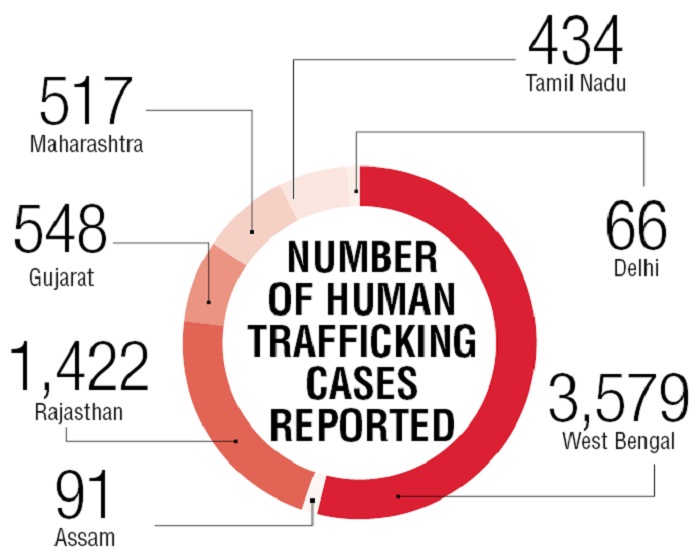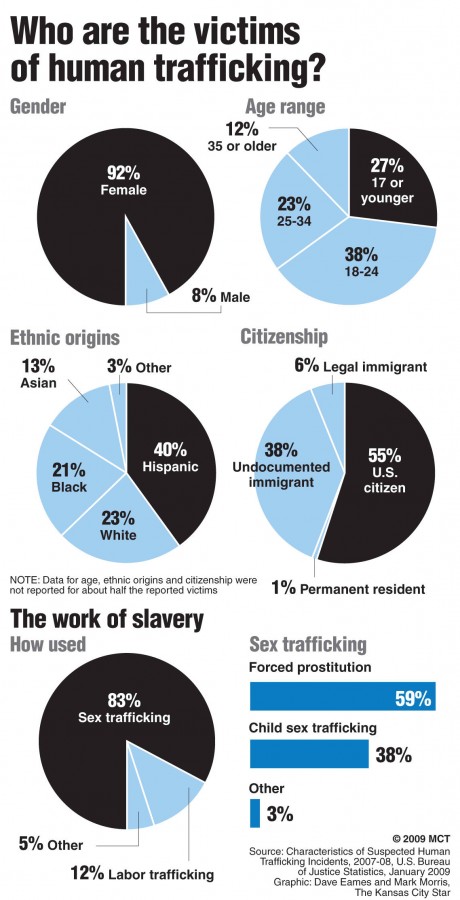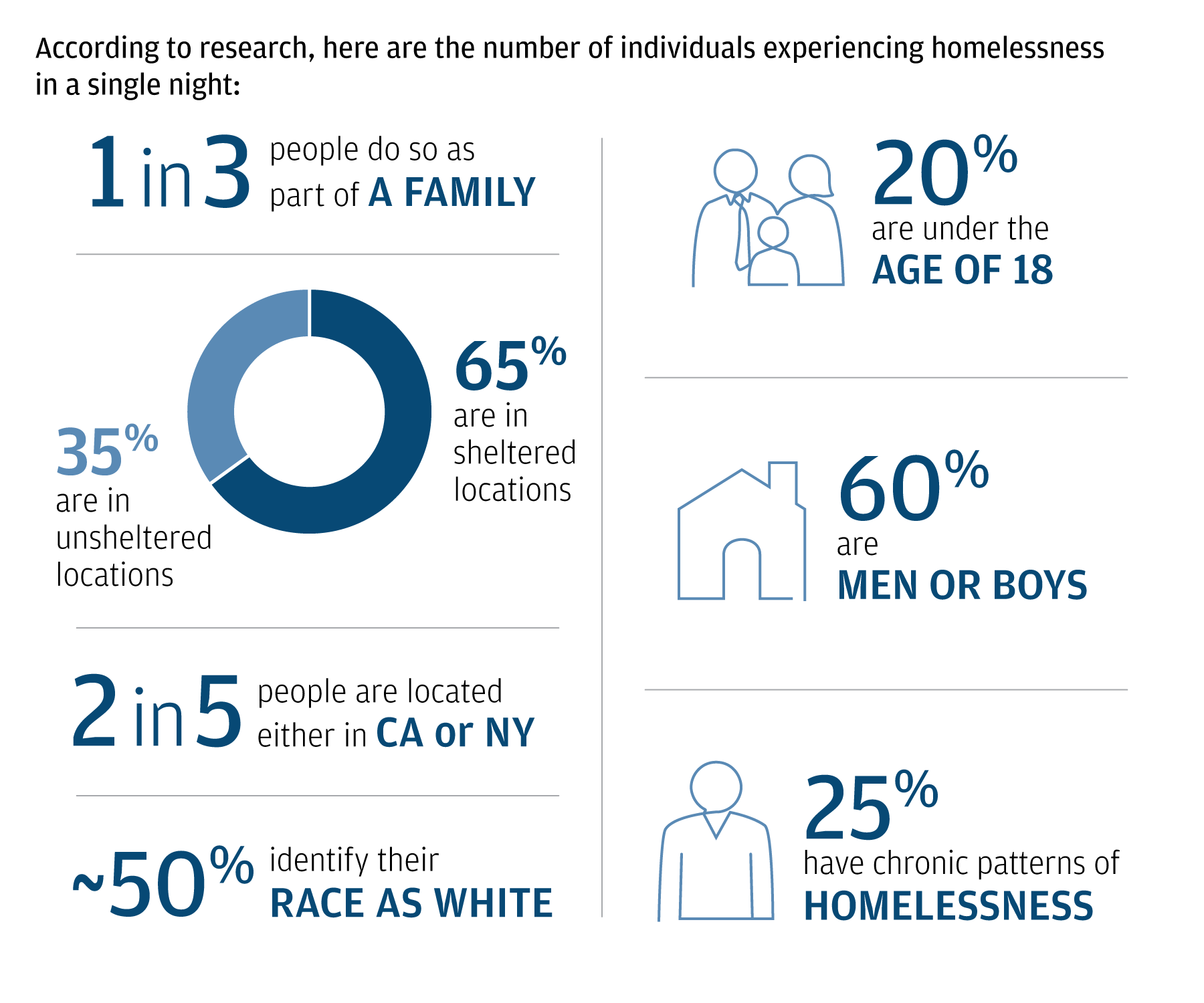What you didn t know about human trafficking
Table of Contents
Table of Contents
California Human Trafficking Statistics: The Unseen Tragedy
Human trafficking refers to the illegal practice of recruiting, transporting, and harboring people into forced labor or sexual exploitation. It is an organized crime and a violation of human rights. When it comes to human trafficking in the United States, California has one of the highest rates. It is a serious issue that affects thousands of people, particularly women and children, in one of the wealthiest states in America. Despite the efforts made to combat it, human trafficking remains a major problem in California.
Victims of human trafficking are subjected to various forms of abuse, including physical, emotional, and psychological trauma. They are coerced, threatened and forced to work in various industries, including agriculture, domestic service, construction, and the sex industry. Human trafficking is such a lucrative business that generates billions of dollars worldwide. The impact of trafficking on individuals and society is devastating, yet it continues to pervade every corner of our society.
The statistics on human trafficking in California are staggering. In 2019, California recorded one of the country’s highest numbers of human trafficking cases, with 1,299 cases reported. This number was an increase from 2018, making California the state with the highest number of reported cases. The problem is not confined to urban areas; it has spread throughout the state, from San Diego to San Francisco. Of the victims, around 72 percent are women, and 68 percent of the cases involve sex trafficking.
California human trafficking statistics reflect the current trends of the crisis. Women and girls are particularly vulnerable to sexual exploitation, forced labor, and slavery-like practices. Statistics show that more than 50 percent of the victims are minors, and many are forced to provide sexual services against their will. A significant number of victims are US citizens, and children from low-income families or those that have suffered abuse at home are at the highest risk of being trafficked.
California Human Trafficking Statistics and Personal Accounts
It is one thing to read about the statistics of human trafficking, but it is another thing to hear personal accounts from those affected. Jessica* was a victim of sex trafficking in California who escaped after five long years. She spoke about how little she knew about the issue, which is so pervasive. The traffickers became her family and showered her with false love until she had no one else but them. She did what she had to do to survive until one day she realized what was happening to her.
While it seems easy for people who have never been trafficked to ask, “Why didn’t you leave?” Jessica explained how complex it is. It involves psychological brainwashing, threats, and false promises. It isn’t just being chained in a basement; it is being manipulated into thinking you are worthless and unlovable. Jessica shared that it took five years until she realized that the traffickers were only in it for the money.
How California is Fighting Human Trafficking
In response to the crisis, California has made significant efforts to combat human trafficking. The state has a dedicated human trafficking task force, and law enforcement agencies work on identifying and rescuing victims, prosecuting traffickers, and disrupting trafficking operations. Organizations such as the Coalition to Abolish Slavery and Trafficking (CAST) work to provide services and resources to victims of trafficking, such as shelter, medical care, and legal aid. In addition, California provides training and education to frontline responders, such as healthcare professionals and educators, to identify and prevent human trafficking.
Fruits of the Harvest: How Labor Trafficking Occurs in California
The agricultural sector is one of the industries with the highest labor exploitation in California. More than 400,000 workers get employed during peak harvest periods, and many of them are undocumented immigrants. The vulnerability of these workers makes them perfect targets for labor trafficking, especially when working for seasonal crops like strawberries and labor-intensive jobs like pruning. Traffickers lure people to the fields with the promise of work and a better life; however, when they arrive, their documents get confiscated, and they are forced to work long hours with little to no pay.
The Relationship between Foster Care and Human Trafficking in California
Studies show that there is a link between the foster care system and human trafficking in California. Children who have been in the foster care system are more susceptible to falling prey to human traffickers. The reason for this is that they have already been exposed to a vulnerable lifestyle without stable support. Some parents who lose their children to child protective services may also fall into the trap of trafficking. Traffickers take advantage of their vulnerability and promise them ways to reduce the time before they can be reunited with their children.
Question and Answer
Q1) How can I identify someone who is a victim of human trafficking?
Answer: Look for signs of poor living conditions, poor physical health, out-of-date clothing, and no identification papers. They may not converse much. You can look out for people who always seem to have a guardian escort them and do not allow them to converse alone with others. If in doubt, contact law enforcement agencies.
Q2) Which department of law enforcement is responsible for human trafficking?
Answer: There are many agencies in charge of combating human trafficking, each focusing on different areas, such as the Federal Bureau of Investigation (FBI), Homeland Security Investigations, Child Exploitation Unit, and the Department of Labor.
Q3) Do immigrants who enter the country illegally become targets for human trafficking?
Answer: Yes. Since they entered the country illegally, they have no documentation and are most vulnerable to abuse. They become perfect targets of human trafficking, where traffickers promise them a better life if they work for them.
Q4) What can I do to help fight human trafficking in California?
Answer: You can support local organizations like CAST that work to combat human trafficking. You can also report suspected trafficking cases, educate others about human trafficking, and encourage anti-trafficking policies and legislation.
Conclusion of California Human Trafficking Statistics
Human trafficking is a complex issue that requires a collaborative effort to combat. The statistics in California are alarming and reflect the trends worldwide. We need to continue identifying and rescuing victims, prosecuting traffickers, and disrupting trafficking operations, while providing support services to survivors. We need to educate ourselves about the issue and advocate for policy and legislative changes that help to more effectively combat human trafficking.
Gallery
Multiple Forces Try To Break Human Trafficking Pattern In O.C. – Orange

Photo Credit by: bing.com / trafficking human forces multiple break try pattern orange county show number
NCRB Data Reveals Surge In Human Trafficking Cases

Photo Credit by: bing.com / trafficking human data cases ncrb chart surge reveals child age below were years
What You Didn’t Know About Human Trafficking

Photo Credit by: bing.com / trafficking hotline traffick nations
Prop 35 Aims To Crackdown On Sex Trafficking In California – The Mesa Press

Photo Credit by: bing.com / trafficking human victims sex california charts facts who gender age child stats showing information origin ethnic crackdown aims prop infographics
New Report On Human Trafficking Statistics In The US (State-by-State)

Photo Credit by: bing.com / trafficking statistics arrests reported fbi





